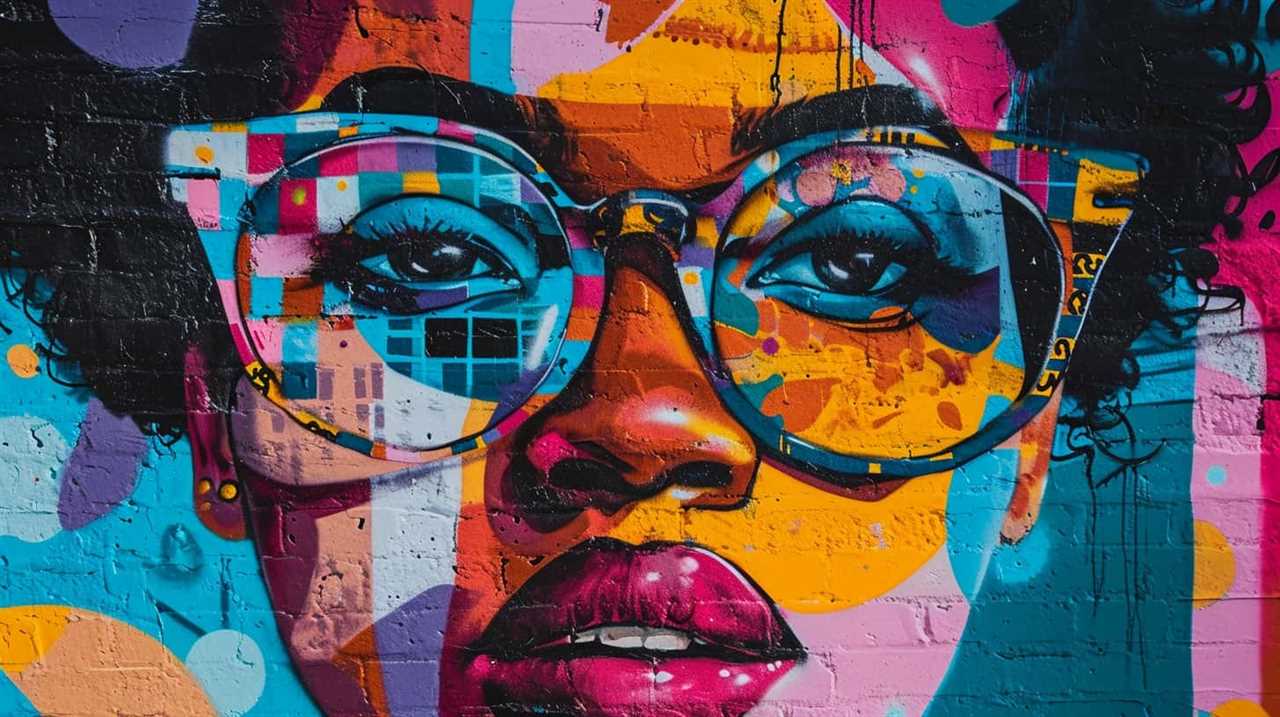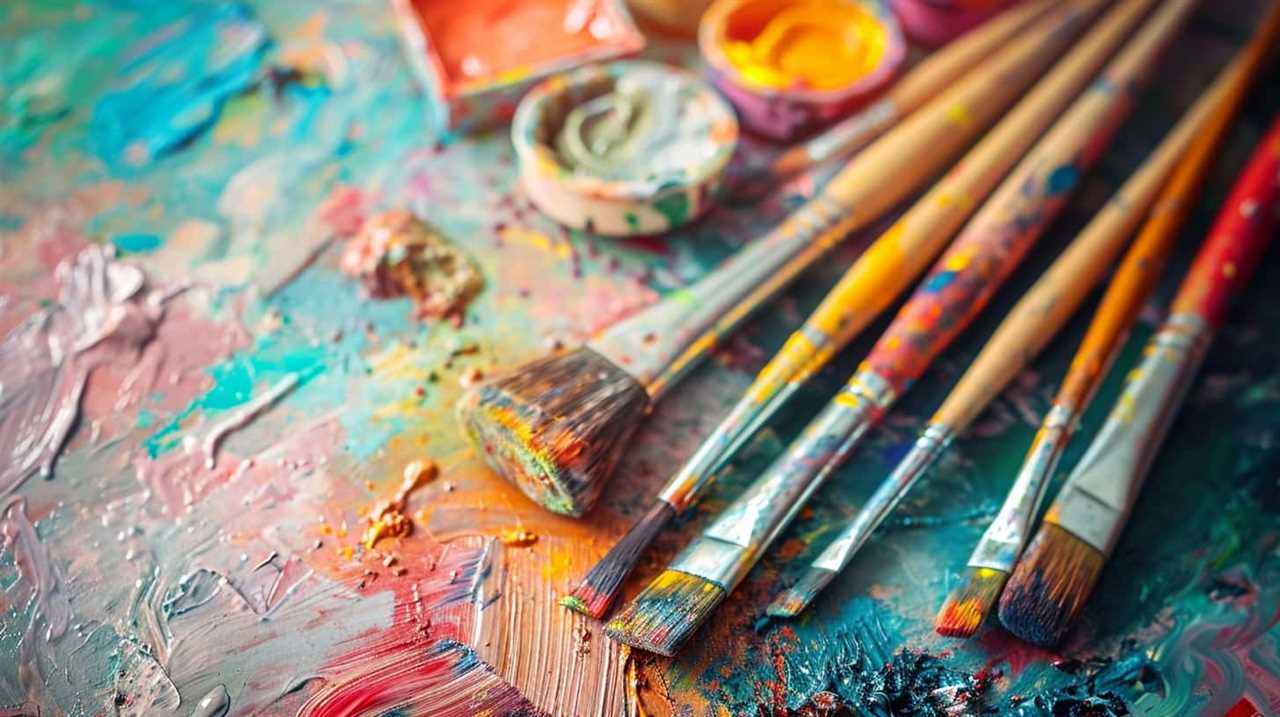Get ready to be inspired by the great minds of art! This collection features **12** inspiring quotes on creativity from art icons. Discover the wisdom and insight that these masters have to offer. Find your muse and unlock your creative potential with their words of wisdom. Excitement awaits as you delve into the world of art and creativity!
These quotes offer invaluable insights into the creative process, as shared by some of the most renowned artists in history. From Pablo Picasso’s revolutionary thoughts on creativity to Frida Kahlo’s reflections on imagination and Vincent Van Gogh’s musings on the creative process, each quote provides a glimpse into the minds of these masters.
Aspiring artists and enthusiasts seeking mastery will find these quotes to be a wellspring of wisdom and inspiration.
So, let’s dive in and uncover the secrets to unlocking our own creative potential through the words of these art icons.
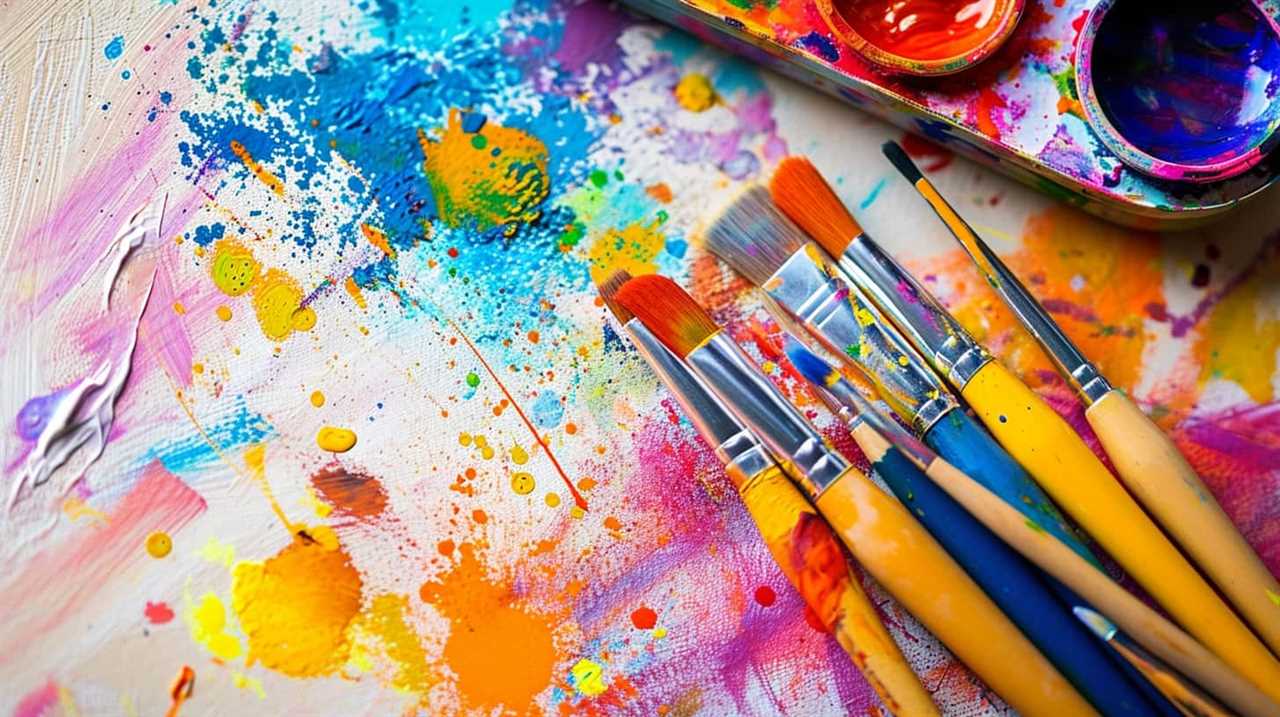
Key Takeaways
- Picasso drew inspiration from African and Oceanic art, as well as the works of Paul Cézanne and Henri Matisse.
- Dali believed that inspiration could emerge from the depths of the subconscious mind.
- Surrealism allows artists to challenge societal norms and express their innermost thoughts and feelings.
- Van Gogh believed that inspiration could be found through pain and suffering, allowing for a deeper connection to art.
Pablo Picasso’s Insights on Creativity
Pablo Picasso offers valuable insights on creativity. As one of the most influential artists of the 20th century, Picasso’s artistic influences and creative techniques have left an indelible mark on the art world. Exploring Picasso’s creative techniques allows us to delve into the mind of a true master, understanding the depths of his artistic process and the sources of his inspiration.
Picasso’s artistic influences were vast and varied. From African and Oceanic art to the works of Paul Cézanne and Henri Matisse, he drew inspiration from a multitude of sources. These influences can be seen in his use of bold colors, distorted forms, and unconventional perspectives. Picasso’s ability to blend different artistic styles and techniques allowed him to create innovative and groundbreaking works that challenged the traditional notions of art.
In addition to his influences, Picasso’s creative techniques were revolutionary. He was known for his ability to deconstruct and reconstruct objects, breaking them down into basic shapes and forms. This analytical approach allowed him to depict the essence of his subjects in a way that was both insightful and thought-provoking. Picasso’s use of multiple perspectives and fragmented imagery further added to the complexity and dynamism of his works.
Salvador Dali’s Perspective on Artistic Inspiration
When exploring Salvador Dali’s perspective on artistic inspiration, we’re drawn to his unconventional creative process and his affiliation with Surrealism.
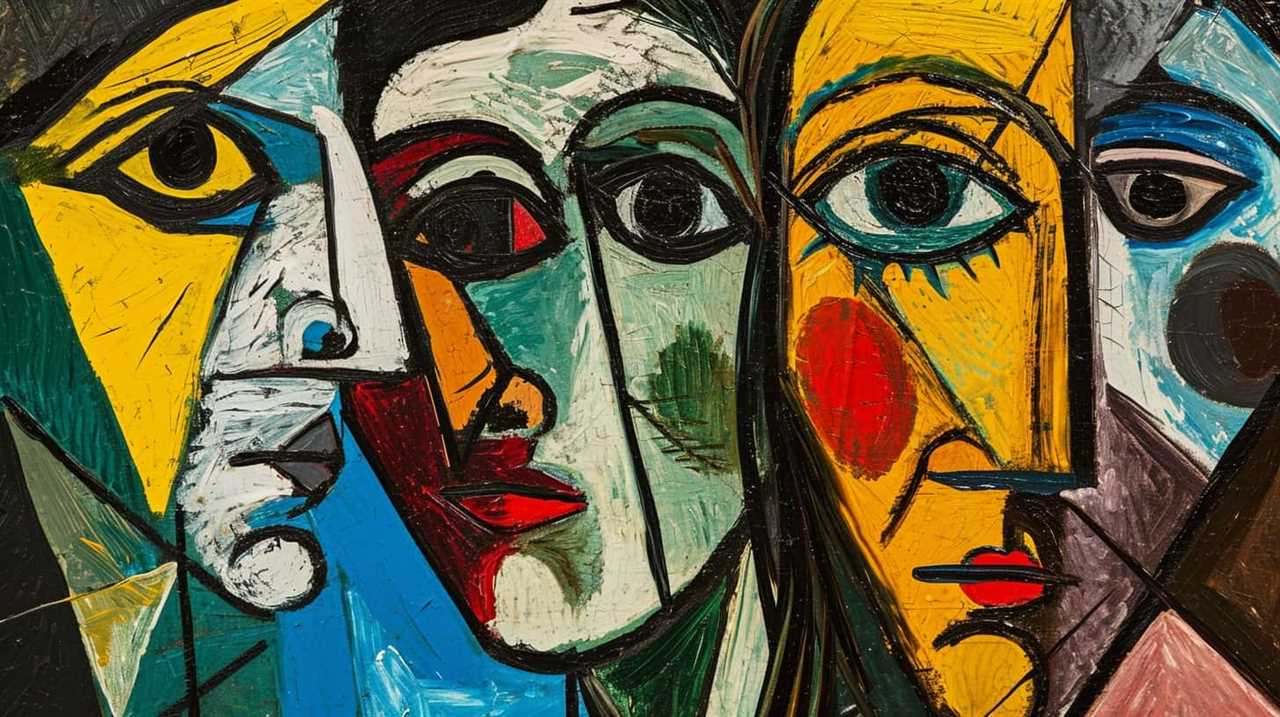
Dali believed that inspiration could emerge from the depths of the subconscious mind, allowing for the creation of imaginative and dreamlike artworks.
His unique approach to art and his ability to tap into the surreal realm of the mind continue to inspire artists and stimulate innovative thinking today.
Dali’s Unconventional Creative Process
We explore Salvador Dali’s unconventional creative process, gaining insight into the artist’s unique perspective on artistic inspiration.
Dali’s unconventional techniques set him apart from his contemporaries and allowed him to create groundbreaking works of art. One of his most distinctive methods was the ‘paranoiac-critical’ technique, which involved tapping into the subconscious mind to produce surreal and dreamlike images. By exploring his inner fears and desires, Dali was able to bring forth a new reality on canvas.
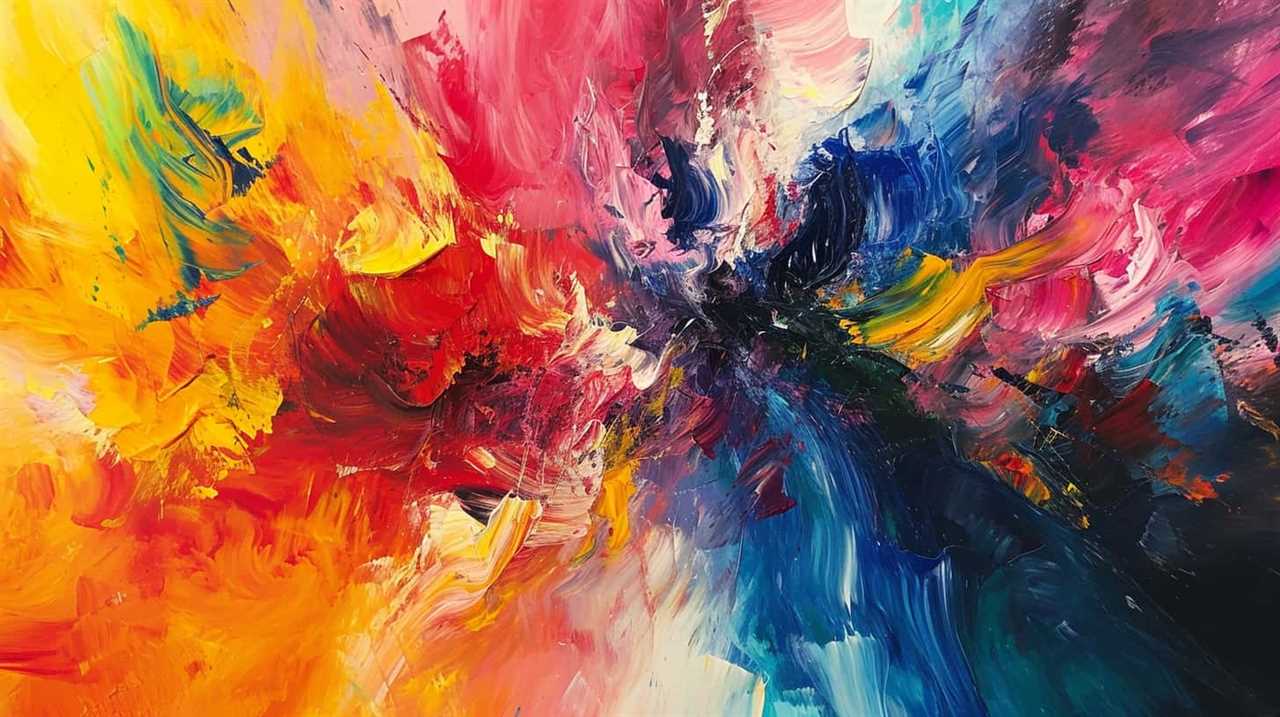
Additionally, Dali’s artistic influences played a crucial role in shaping his creative process. He drew inspiration from a wide range of sources, including Renaissance art, Freudian psychoanalysis, and the scientific discoveries of his time. These influences, combined with his unique approach, allowed Dali to push the boundaries of artistic expression and leave a lasting impact on the art world.
Surrealism and Artistic Inspiration
How does surrealism influence artistic inspiration, according to Salvador Dali’s perspective?
Surrealism, as seen through Dali’s eyes, is a gateway to exploring the subconscious mind and tapping into the depths of creativity. Dali believed that artistic inspiration can be found by delving into the realm of dreams and the irrational. Surrealism allows artists to break free from the constraints of reality and venture into a world of limitless possibilities.
In this realm, the subconscious mind becomes the source of inspiration, revealing hidden desires, fears, and emotions. Dali’s perspective on artistic inspiration can be summarized in the following points:
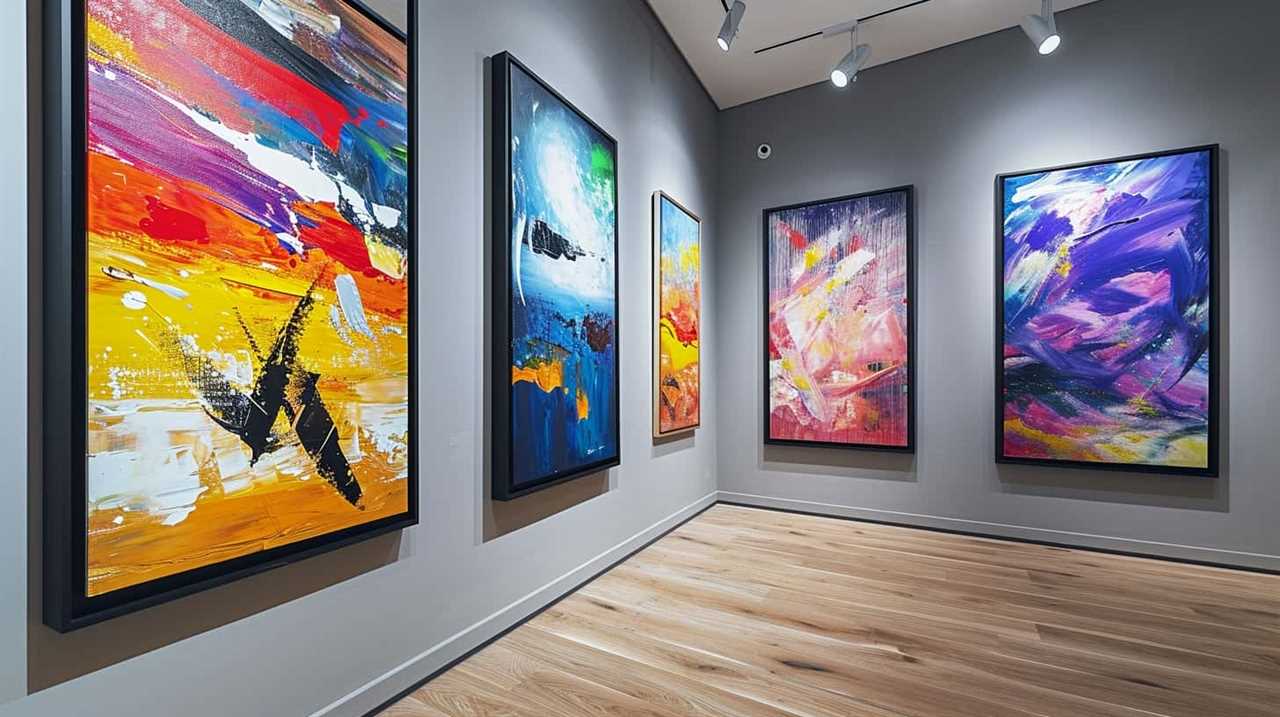
- Surrealism allows artists to challenge societal norms and expectations, giving them the freedom to express their innermost thoughts and feelings.
- Through surrealism, artists can create thought-provoking and visually striking works that captivate and challenge the viewer’s perception of reality.
- Exploring the subconscious mind through surrealism opens doors to new ideas and concepts that would otherwise remain undiscovered.
- Surrealism encourages artists to embrace the power of the imagination, pushing the boundaries of what’s considered possible in art.
Vincent Van Gogh’s Thoughts on the Creative Process
Van Gogh’s artistic struggles were well-documented, and his thoughts on the creative process offer valuable insights.
He believed that inspiration could be found through pain and suffering, allowing for a deeper connection to the art being created.
Van Gogh understood the power of self-expression, using his own experiences and emotions to create works that resonated with others.
Van Gogh’s Artistic Struggles
What challenges did Vincent Van Gogh face in his artistic journey?
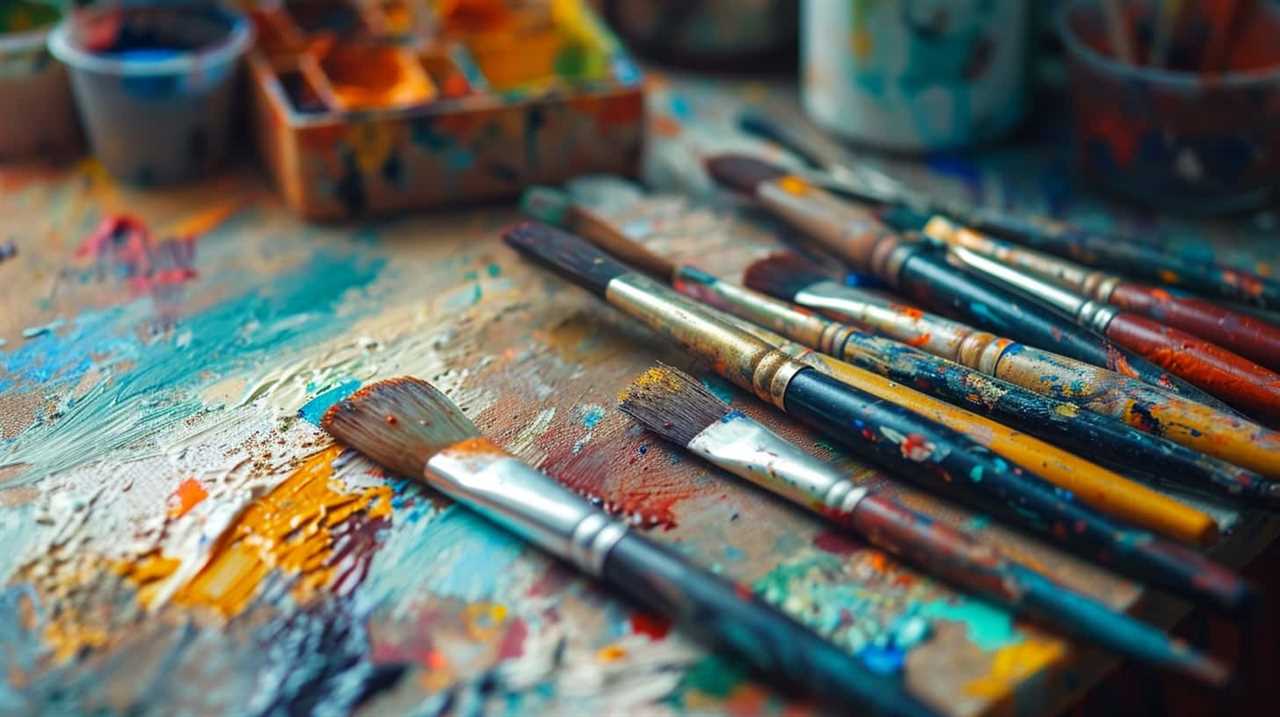
Vincent Van Gogh’s artistic struggles were deeply intertwined with his mental health struggles. Here are some key challenges he faced:
- Mental health battles: Van Gogh wrestled with depression, anxiety, and psychotic episodes, which often hindered his ability to create art.
- Financial hardships: Throughout his life, Van Gogh struggled to make ends meet, limiting his access to art supplies and forcing him to paint on whatever materials he could find.
- Criticism and rejection: Van Gogh’s unconventional style and bold use of color were met with skepticism and disdain from art critics and the general public, causing him to doubt his own talent.
- Isolation and loneliness: Van Gogh’s intense dedication to his art often left him feeling isolated and lonely, exacerbating his mental health struggles.
Despite these challenges, Van Gogh’s artistic legacy has had a profound impact on the art world. His unique style, emotional depth, and raw vulnerability continue to inspire artists and art enthusiasts alike to this day.
Transitioning into the next section, we’ll explore how Van Gogh found inspiration through his pain.
Finding Inspiration Through Pain
As we delve into the topic of finding inspiration through pain, it’s important to acknowledge the profound impact that Vincent Van Gogh’s thoughts on the creative process have had on artists and art enthusiasts.

Van Gogh, known for his vibrant and emotionally charged artworks, explored artistic trauma and found beauty in pain. He believed that true creativity could only emerge from the depths of one’s soul, and that the artist’s struggles and suffering were essential for the creation of meaningful art.
Van Gogh’s own experiences of mental anguish and emotional turmoil fueled his artistic expression, resulting in powerful and evocative works that continue to resonate with audiences today. His ability to transform pain into beauty serves as a testament to the transformative power of art.
Transitioning into the subsequent section about ‘the power of self-expression’, we can further explore how artists like Van Gogh use their artwork to convey their innermost thoughts and emotions.
The Power of Self-Expression
Continuing our exploration of finding inspiration through pain, we now delve into the power of self-expression, as artists like Vincent Van Gogh have shared their profound thoughts on the creative process. Van Gogh believed that self-expression wasn’t only essential for artistic creation, but also for personal growth and healing. Through his art, he found a way to channel his innermost emotions and connect with others on a deeper level.
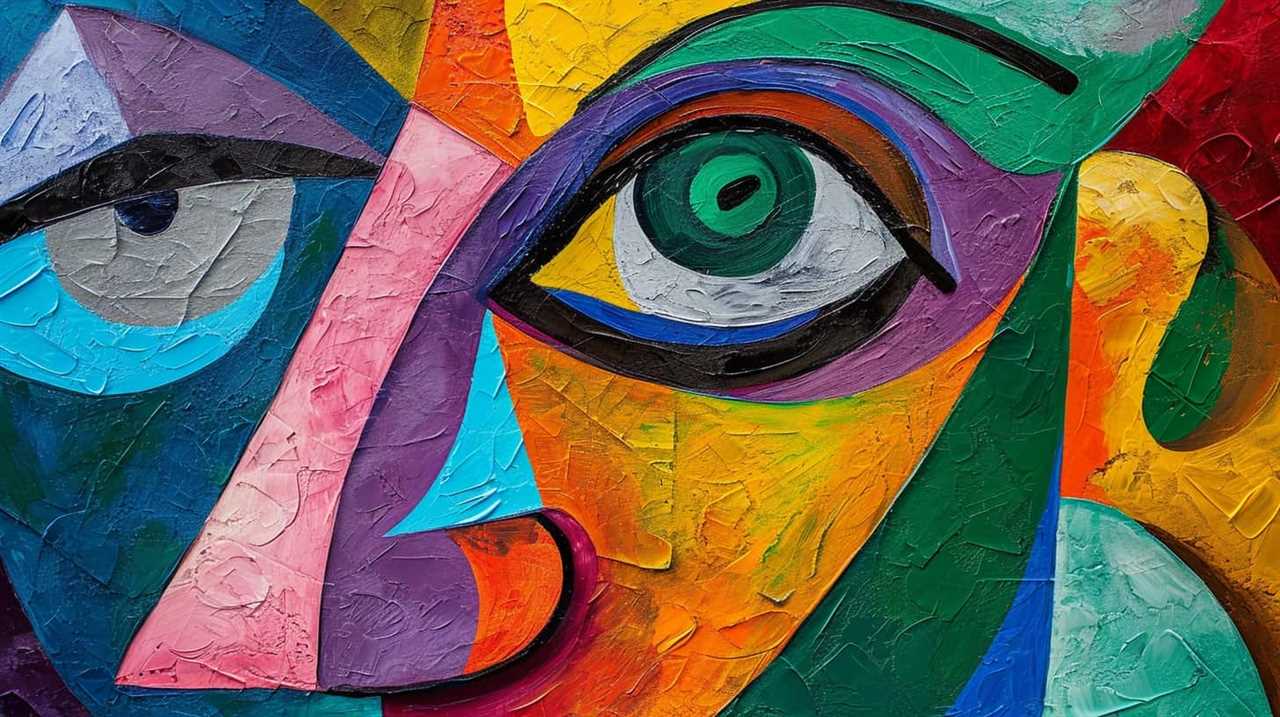
The importance of self-expression in therapy can’t be overstated. It provides a safe space for individuals to explore their thoughts and feelings, enabling them to gain insight into their own experiences and find meaning in their lives. Creative outlets, such as painting, writing, or music, offer a unique way to express oneself and can be incredibly therapeutic. The benefits of these creative outlets for mental health are numerous. They allow individuals to release pent-up emotions, reduce stress, and improve overall well-being. Engaging in creative activities can also foster self-confidence and provide a sense of accomplishment, further enhancing one’s mental health.
Frida Kahlo’s Reflections on Imagination and Creativity
Frida Kahlo, a renowned Mexican artist, known for her self-portraits and capturing the essence of her pain and suffering, had a unique perspective on imagination and creativity. Throughout her artistic journey, Kahlo used her creativity as a means of self-expression, allowing her to transcend her physical and emotional limitations. She believed that imagination was the key to unlocking the depths of one’s soul and channeling it into art.
Kahlo’s impact on contemporary art can’t be overstated. Her ability to blend reality with imagination, to create deeply personal and introspective works, has inspired countless artists to explore their own inner worlds. Kahlo’s art serves as a reminder that creativity can be a powerful tool for healing and self-discovery.
Leonardo Da Vinci’s Wisdom on Unleashing Creativity
When it comes to discussing creativity, one can’t overlook the wisdom of Leonardo Da Vinci. Da Vinci’s creative process was a marvel in itself, with his ability to combine art and science in a seamless manner.

His techniques for unlocking creativity, such as observing nature and embracing curiosity, still hold relevance in today’s world.
Da Vinci’s Creative Process
As we delve into Leonardo Da Vinci’s creative process, we can glean wisdom on how to unleash our own creativity. Da Vinci, regarded as one of the greatest artists of all time, employed a range of artistic techniques that continue to influence modern art. His meticulous attention to detail, mastery of perspective, and experimentation with different mediums allowed him to create breathtaking works that pushed the boundaries of artistic expression.
Da Vinci’s ability to seamlessly blend science and art also sets him apart, as he believed that knowledge and imagination were intertwined. By studying his process, we can learn the importance of observation, curiosity, and interdisciplinary thinking in our own creative endeavors.
Da Vinci’s legacy serves as a reminder that true creativity knows no bounds and can transcend time and place.

Techniques for Unlocking Creativity
To unleash our own creativity, we can learn valuable techniques from Leonardo Da Vinci’s wisdom on unlocking creativity. Da Vinci was known for his unconventional methods of exploration, constantly pushing the boundaries of his art and seeking new ways to express himself. He believed in embracing mistakes and failures as opportunities for growth and learning. Instead of being discouraged by them, he saw them as stepping stones towards innovation and improvement.
Da Vinci understood that creativity thrives in an environment where mistakes are welcomed and seen as valuable experiences. By exploring unconventional methods and embracing our mistakes and failures, we can tap into our own creative potential. Da Vinci’s wisdom reminds us that true mastery comes from pushing beyond our comfort zones and embracing the unknown.
Applying Da Vinci’s Wisdom
We can apply Leonardo Da Vinci’s wisdom on unleashing creativity by incorporating his belief in embracing mistakes and failures as valuable experiences. Da Vinci understood that creativity is a process of trial and error, where mistakes aren’t setbacks but stepping stones towards innovation. By adopting his mindset, we can approach our creative endeavors with a sense of curiosity and fearlessness, knowing that each failure brings us closer to success.
To further apply Da Vinci’s ideas, we can also:

- Cultivate a diverse range of interests and knowledge to fuel our creativity.
- Embrace the power of observation and keenly observe the world around us.
- Practice experimentation and explore different techniques and mediums.
- Foster a sense of playfulness and curiosity in our creative process.
By incorporating Da Vinci’s creative techniques into our own practice, we can unleash our full creative potential and bring forth unique and innovative ideas.
Transitioning into Georgia O’Keeffe’s musings on artistic expression, we delve into another art icon’s perspective on the creative process.
Georgia O’Keeffe’s Musings on Artistic Expression
In our exploration of Georgia O’Keeffe’s musings on artistic expression, we delve into her profound insights into the creative process. O’Keeffe’s artistic process was deeply rooted in her fascination with nature and her desire to explore its essence through her art. She believed that nature held an inherent power and beauty that could be translated onto canvas, and she sought to capture the spirit of her subjects in a way that went beyond mere representation.
One of O’Keeffe’s key contributions to the world of art was her ability to see beyond the surface of objects and landscapes. She believed that by immersing herself in her subjects and truly observing their intricacies, she could uncover their hidden truths. This approach allowed her to create paintings that weren’t only visually stunning, but also deeply meaningful.
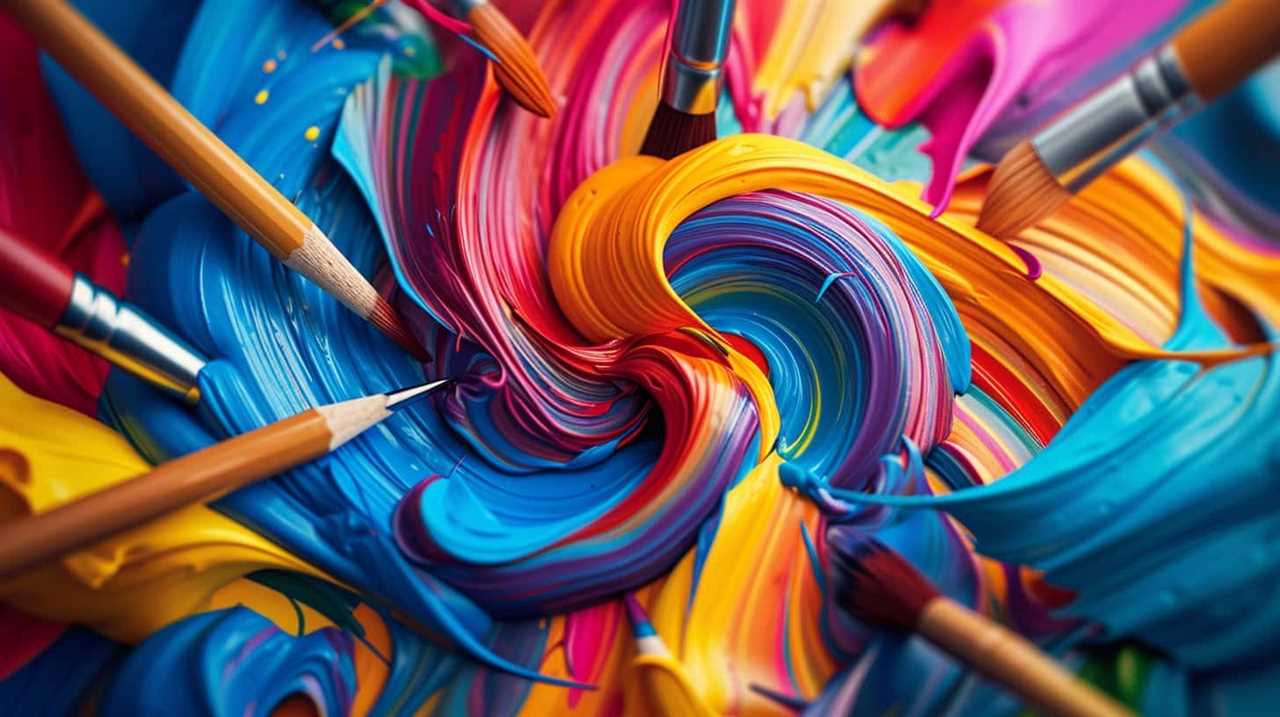
O’Keeffe’s exploration of nature in her art wasn’t limited to the physical world. She believed that there was a spiritual dimension to the natural world, and she sought to capture this essence in her work. Through her use of bold colors and abstract forms, she aimed to evoke the emotions and sensations that nature inspired in her.
Andy Warhol’s Ideas on Innovation and Creativity
Andy Warhol revolutionized the art world with his groundbreaking ideas on innovation and creativity. His influence on pop art and his unique perspective on art and consumer culture continue to shape the way we perceive and appreciate art today.
Warhol’s ideas can be summarized in the following points:
- Exploring the relationship between art and consumerism: Warhol believed that art should reflect and critique the consumer culture of his time. He saw the world of advertising and consumer goods as an integral part of contemporary society, and he used art to comment on this phenomenon.
- Celebrating the ordinary and mundane: Warhol challenged the traditional notion of what constitutes art by elevating everyday objects and images to the status of art. His iconic Campbell’s Soup cans and Marilyn Monroe portraits showcased the beauty and significance of the seemingly ordinary.
- Embracing mass production and technology: Warhol embraced the use of mechanical reproduction techniques such as silk-screen printing, which allowed him to create multiple copies of his artworks. By doing so, he blurred the boundaries between originality and mass production.
- Democratizing art: Warhol’s work made art accessible to a wider audience. He believed that art shouldn’t be exclusive to the elite, but rather should be enjoyed and appreciated by everyone. Through his innovative approach, he challenged the traditional hierarchy of the art world.
Warhol’s ideas on innovation and creativity continue to inspire artists and creators across various disciplines. His ability to merge art and popular culture has left an indelible mark on the art world, reminding us that creativity knows no boundaries.
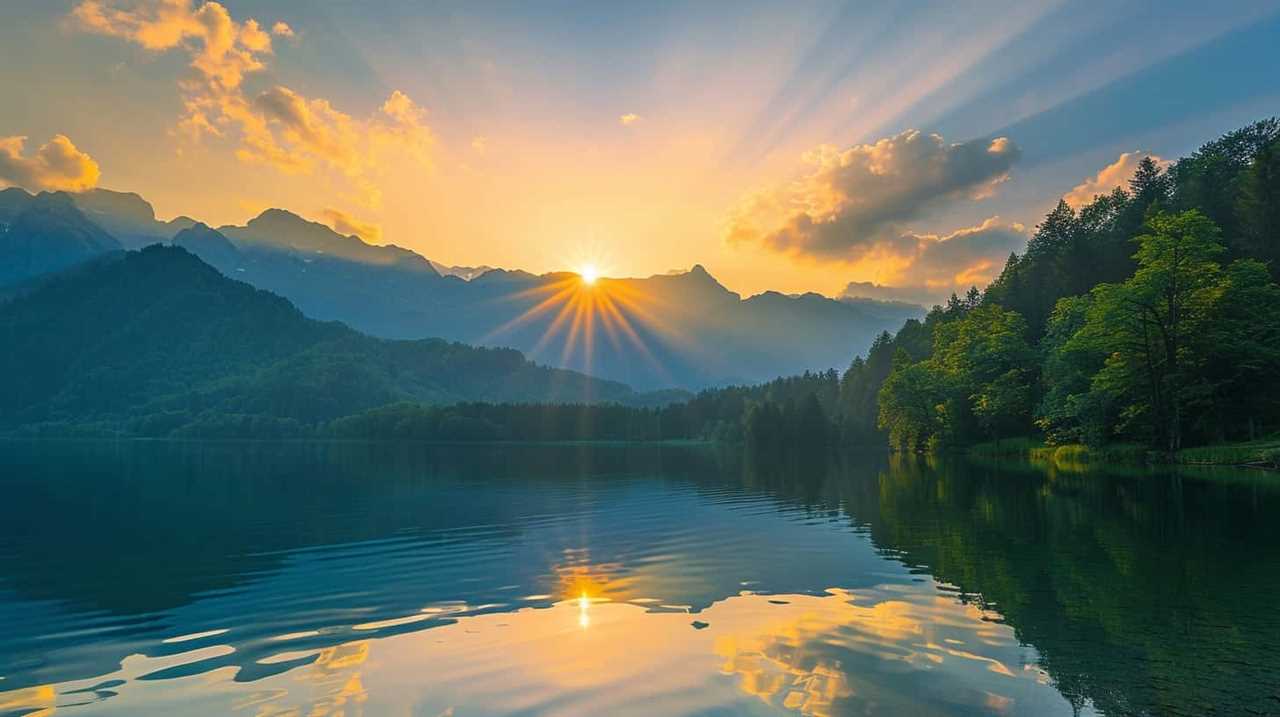
Claude Monet’s Thoughts on Capturing Creative Vision
Continuing our exploration of art icons’ perspectives on creativity, let’s delve into Claude Monet’s insights on capturing creative vision.
Claude Monet, a renowned French painter, revolutionized the art world with his unique style and unwavering dedication to capturing the essence of nature. Monet’s love for nature was the driving force behind his creative process, and he believed that the key to capturing its beauty lay in observing and understanding its ever-changing nuances.
Monet’s unique style was characterized by his use of vibrant colors, loose brushstrokes, and an emphasis on capturing the fleeting effects of light and atmosphere. He believed that true artistic vision could only be achieved through direct observation and a deep connection with nature. Monet once said, ‘The richness I achieve comes from nature, the source of my inspiration.’
For Monet, capturing creative vision meant immersing oneself in the present moment and embracing the beauty of the natural world. He believed that by painting en plein air, or outdoors, he could truly capture the essence of a scene and convey its energy and atmosphere. Monet’s ability to infuse his paintings with a sense of life and movement is what made his work so captivating and influential.
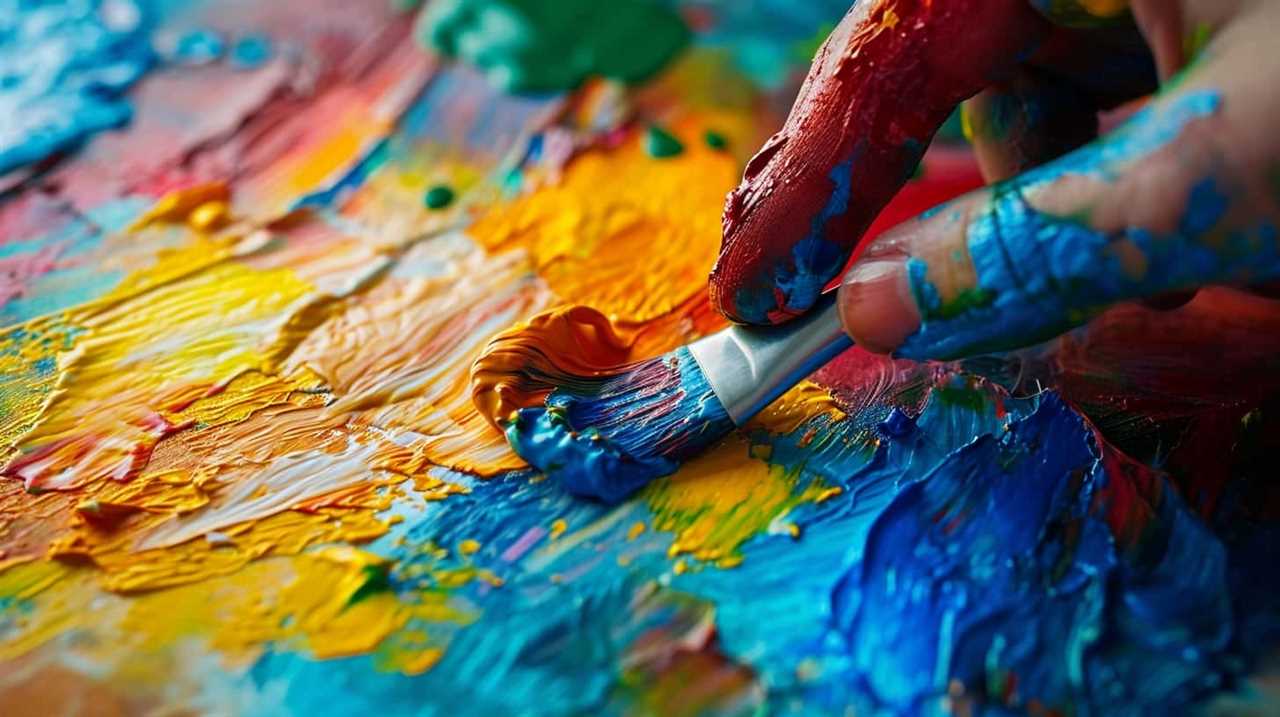
Jackson Pollock’s Beliefs on Artistic Freedom
Let’s now explore Jackson Pollock’s perspective on artistic freedom.
Jackson Pollock, a leading figure in the abstract expressionist movement, had a profound impact on the art world with his revolutionary approach to painting. His belief in artistic freedom was a driving force behind his innovative techniques and groundbreaking style.
Here are four key aspects of Pollock’s beliefs on artistic freedom:
- Non-representational art: Pollock rejected the traditional notion of art as a representation of the external world. Instead, he sought to capture the essence of emotions and energy through his abstract paintings. His drip and pour technique allowed him to express himself freely, without the constraints of figurative representation.
- Embracing spontaneity: Pollock believed in the power of the moment, embracing spontaneity and improvisation in his creative process. By surrendering control and allowing his subconscious to guide his brush, he tapped into a raw and authentic form of expression.
- Physicality of painting: Pollock’s artistic techniques involved physically engaging with the canvas. He’d pour, drip, and fling paint onto the surface, creating dynamic and energetic compositions. This physicality allowed him to fully immerse himself in the act of painting and convey his emotions with intensity.
- Liberating the viewer: Pollock’s abstract expressionism aimed to liberate the viewer from the confines of representational art. By leaving interpretation open-ended, he invited viewers to engage with his work on a personal and emotional level, allowing them to find their own meaning and connection.
As we delve deeper into the beliefs of art icons, let’s now turn our attention to Wassily Kandinsky’s views on the spiritual nature of creativity.
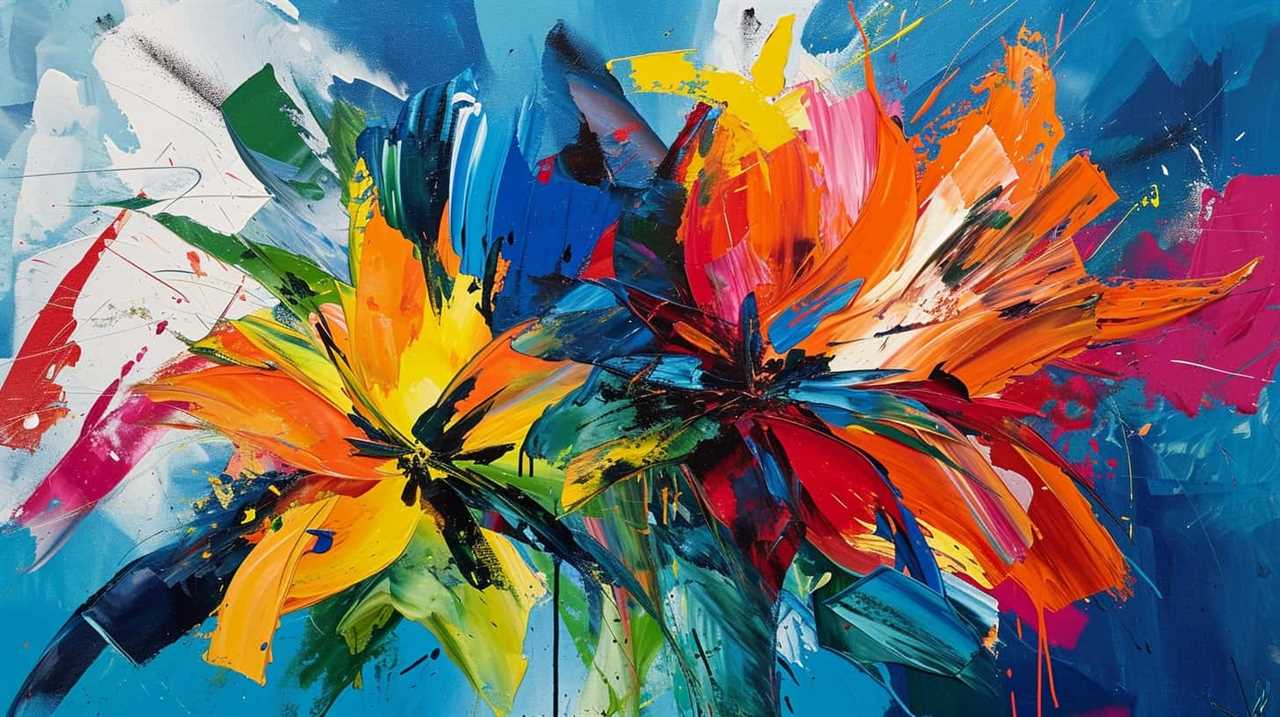
Wassily Kandinsky’s Views on the Spiritual Nature of Creativity
Now, we can delve into Wassily Kandinsky’s perspective on the spiritual nature of creativity. Kandinsky was a Russian painter and art theorist who’s widely regarded as one of the pioneers of abstract art. His impact on the art world is profound, as he challenged traditional artistic conventions and paved the way for the emergence of abstract art.
Kandinsky believed that art had a deep spiritual dimension, and he saw the act of creating as a means of connecting with a higher power. He believed that through art, one could access a spiritual realm that transcended the limitations of the physical world. Kandinsky’s work often incorporated vibrant colors, dynamic forms, and abstract symbols, which he believed could evoke emotional and spiritual responses in viewers.
The relationship between spirituality and creativity in art was a central theme in Kandinsky’s writings and teachings. He saw art as a form of expression that could communicate universal truths and emotions that transcended language and cultural boundaries. Kandinsky believed that artists had a responsibility to tap into their inner spirituality and channel it into their work, creating art that not only delighted the senses but also touched the soul.
Henri Matisse’s Inspiration and Creativity in Art
After exploring Wassily Kandinsky’s views on the spiritual nature of creativity, we can now delve into Henri Matisse’s inspiration and creativity in art.

Matisse, known for his vibrant use of color and form, revolutionized the art world with his bold and expressive style. His use of color wasn’t limited to realistic representations but rather served as a means of conveying emotions and evoking a sense of joy. Matisse believed that color had the power to transform and uplift the spirit, and this belief is evident in his vibrant compositions.
Matisse’s influence on modern art trends can’t be overstated. His bold and innovative approach to color and form inspired countless artists and paved the way for the development of new artistic movements. The Fauvists, a group of artists who embraced intense color and non-naturalistic styles, were directly influenced by Matisse’s work. Additionally, his exploration of simplified forms and flattened perspectives anticipated the development of abstract art and influenced artists such as Pablo Picasso.
Matisse’s legacy continues to resonate in the art world today. His use of color and form challenges traditional notions of representation and encourages artists to push the boundaries of their creativity. Matisse’s ability to capture the essence of a subject through color and form serves as a timeless reminder of the power of artistic expression.
Yayoi Kusama’s Reflections on Infinite Creativity
Yayoi Kusama, a renowned artist, shares her insightful reflections on the concept of infinite creativity. As an artist known for her vibrant and mesmerizing creations, Kusama’s perspective on the limitless possibilities of artistic exploration is both profound and inspiring. She believes that creativity knows no bounds and that there are infinite avenues for artistic expression.

In Kusama’s view, the concept of infinite creativity is not confined to a singular idea or form. Instead, it encompasses a vast realm of possibilities, where artists can explore and push the boundaries of their imagination. It is a world where ideas flow freely, unencumbered by limitations or restrictions.
To better understand Kusama’s reflections on infinite creativity, let us explore her thoughts through a table:
| Reflections on Infinite Creativity | ||
|---|---|---|
| 1. | Infinite possibilities | The idea that creativity has no limits and offers endless opportunities for exploration. |
| 2. | Artistic exploration | The process of delving into uncharted territories, experimenting with different mediums, techniques, and ideas. |
| 3. | Breaking boundaries | Challenging traditional norms and conventions to create something unique and groundbreaking. |
| 4. | Endless inspiration | Drawing inspiration from the world around us, finding beauty and meaning in the ordinary and extraordinary. |
Through Kusama’s reflections, we are reminded of the boundless nature of creativity. It is a force that propels us to explore new horizons, break free from limitations, and discover the infinite possibilities that lie within. As artists, we are invited to embrace this concept and embark on a never-ending journey of artistic exploration.
Frequently Asked Questions
How Did Pablo Picasso Define Creativity in His Artistic Practice?
Pablo Picasso defined creativity in his artistic practice as the ability to break free from traditional boundaries and explore new forms of expression. His innovative techniques continue to influence contemporary art, pushing boundaries and inspiring new generations of artists.
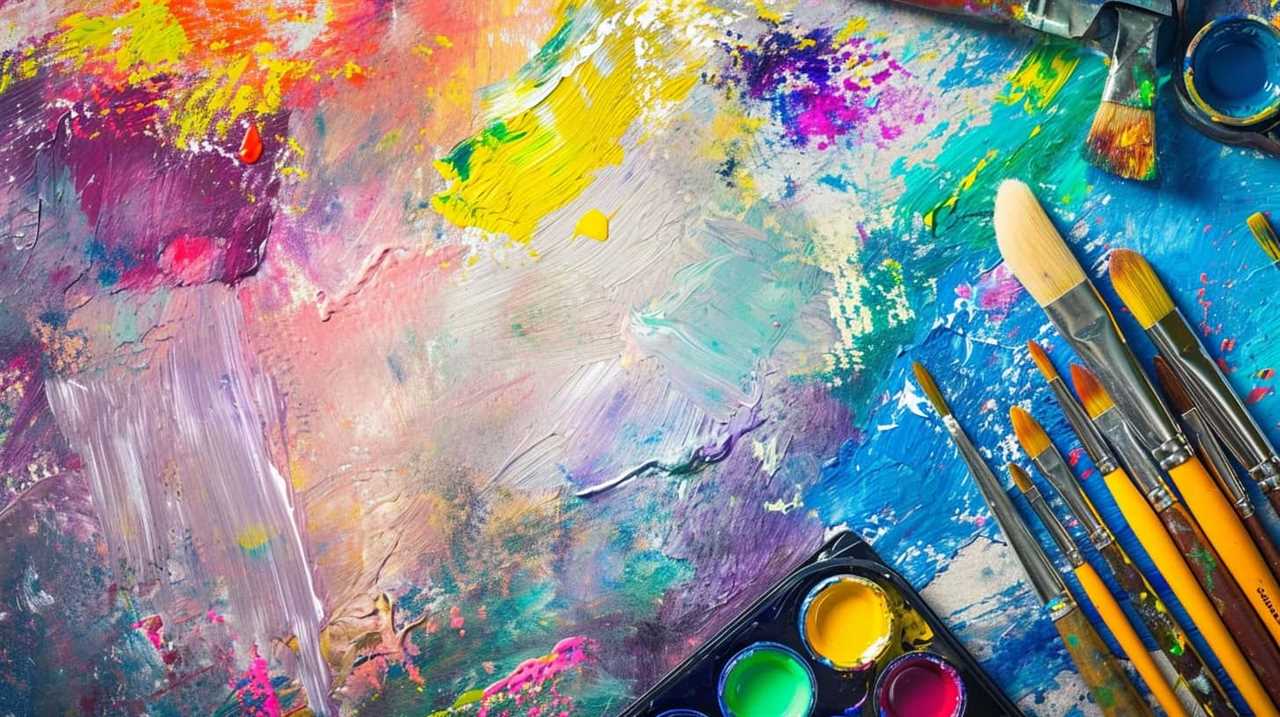
What Was Salvador Dali’s Main Source of Inspiration for His Artwork?
Dali’s surreal inspiration came from his unconventional muse. His artwork was influenced by dreams, the subconscious mind, and his eccentric perception of reality. This unique approach allowed him to create imaginative and thought-provoking masterpieces.
How Did Vincent Van Gogh Approach the Creative Process in His Paintings?
Vincent van Gogh approached the creative process in his paintings by using vibrant colors and expressing emotions through bold brushstrokes. His unique style captivates the viewer, evoking a powerful sense of emotion and leaving a lasting impression.
What Were Frida Kahlo’s Thoughts on the Relationship Between Imagination and Creativity?
Frida Kahlo believed that imagination and creativity were inseparable companions. She understood that the impact of imagination on artistic expression was profound, as it allowed for the manifestation of unique and powerful visions.
How Did Leonardo Da Vinci Encourage Others to Unleash Their Creativity?
Leonardo da Vinci’s impact on artistic innovation was immense. Through his teachings, he encouraged others to unleash their creativity and push the boundaries of traditional art. His influence continues to inspire and shape the art world today.
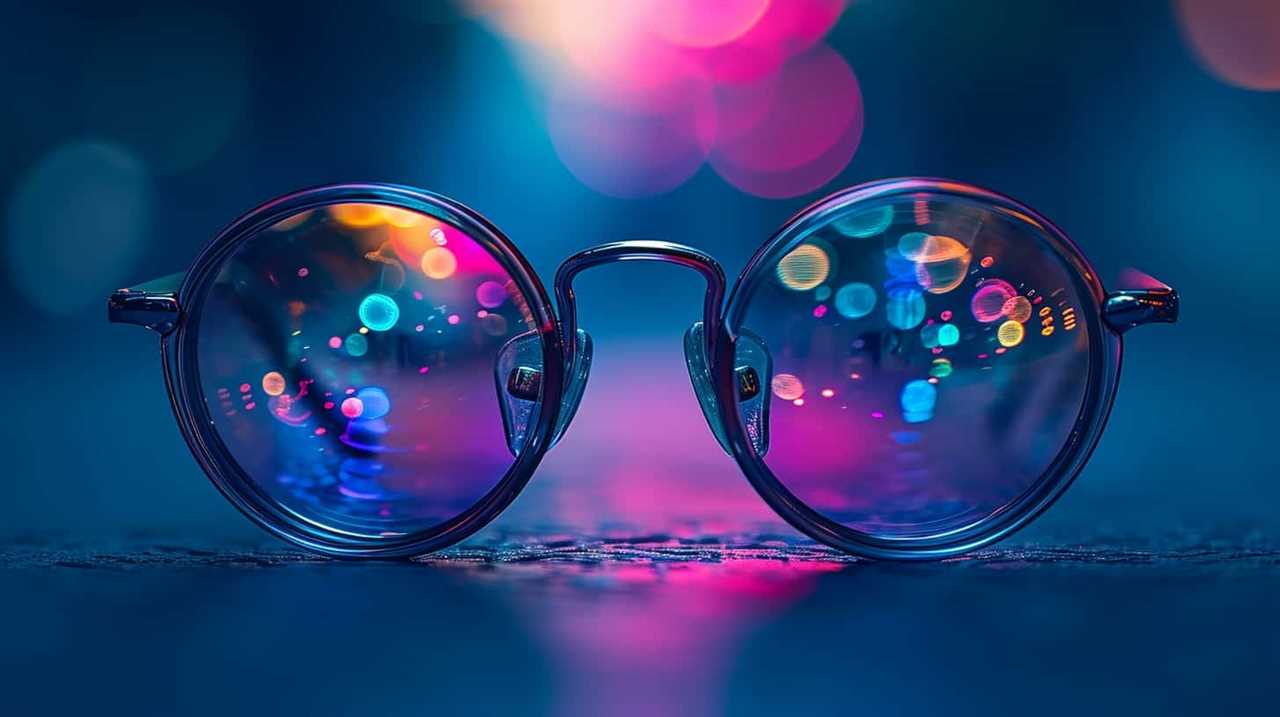
Can Startup Founders Benefit from the Wisdom of Art Icons on Creativity?
Startup founders can indeed benefit from the wisdom of art icons on creativity. Inspiring creativity quotes from renowned artists can serve as a source of motivation and guidance for these entrepreneurs. By studying the insights and experiences of art icons, startup founders can gain fresh perspectives, unconventional thinking, and innovative approaches to fuel their own creative endeavors. These inspiring quotes can ignite the spark needed to think outside the box and push boundaries in the competitive startup landscape.
Conclusion
In the realm of art, creativity is a powerful force that transcends boundaries and ignites our imagination.
As the art icons before us have shared their wisdom and insights, we’re reminded of the limitless possibilities that lie within our own creative minds.
Like a brushstroke on a canvas, creativity has the ability to paint a vibrant and captivating picture of our innermost thoughts and emotions.
Let their words guide us on our own artistic journey, as we embrace the boundless potential of our own creativity.

Lauren’s talent in writing is matched by her passion for storytelling. Her love for books and deep understanding of culture and entertainment add a distinct flavor to her work. As our media and press contact, Lauren skillfully bridges the gap between afterQuotes and the broader media landscape, bringing our message to a wider audience.




